
Introduction
Obsessive-Compulsive Disorder (OCD) is a chronic mental health condition marked by recurring, unwanted thoughts (obsessions) and repetitive behaviors (compulsions). These symptoms can disrupt daily functioning, relationships, and quality of life. Far more than a personality quirk or a preference for cleanliness, OCD is a serious psychiatric condition that demands attention and effective treatment.
Causes of OCD
There’s no single cause of OCD, but research points to a combination of genetic, neurological, behavioral, cognitive, and environmental factors:
Genetics: Family studies show a higher prevalence of OCD among first-degree relatives.
Brain Structure and Functioning: Abnormalities in serotonin regulation and hyperactivity in brain circuits involving the orbitofrontal cortex, anterior cingulate cortex, and striatum.
Trauma or Stress: Early life stress, infections, or head trauma can act as triggers.
Learned Behaviors: Compulsions may develop as coping mechanisms to relieve anxiety caused by intrusive thoughts.
Symptoms
OCD symptoms fall into two main categories: obsessions and compulsions.
Common Obsessions:
Fear of contamination or germs
Intrusive aggressive or sexual thoughts
Need for symmetry or exactness
Doubts about having performed a task (e.g., locking the door)
Common Compulsions:
Excessive cleaning or handwashing
Repeating actions or phrases
Checking and rechecking (lights, locks, appliances)
Arranging items until they feel "just right"
These patterns can consume hours each day, leading to significant emotional and physical exhaustion.
Diagnosis
Diagnosis is typically made by a mental health professional using:
Clinical interviews
DSM-5 criteria: To qualify, symptoms must be time-consuming (more than one hour per day), cause distress, and impair daily functioning.
OCD-specific scales such as the Yale-Brown Obsessive Compulsive Scale (Y-BOCS)
Treatment Options
A multi-pronged approach is often the most effective for OCD.
Conventional Treatment:
Cognitive Behavioral Therapy (CBT), particularly Exposure and Response Prevention (ERP), is the gold standard.
Medications: SSRIs (e.g., fluoxetine, fluvoxamine) are commonly prescribed.
Homeopathic Approach:
Dr. Vivek G. Vasoya, MD (Homeopathic Psychiatrist & Psychotherapist), emphasizes a holistic method combining deep individual case analysis with customized homeopathic remedies. According to Dr. Vasoya:
“OCD isn’t just a chemical imbalance—it’s a story of suppressed emotions, internal conflict, and unmet psychological needs. Homeopathy taps into the body’s healing intelligence to restore emotional equilibrium.”
Key Features of Dr. Vasoya’s Method:
Individualized Treatment: Remedies are selected based on the patient’s personality, fears, emotional triggers, and lifestyle.
Non-Suppressive: Unlike psychiatric drugs that may blunt symptoms, homeopathy aims to resolve the internal conflict driving the OCD.
Mind-Body Focus: Combines psychotherapy with remedy-based healing to address both conscious and subconscious issues.
Patients under Dr. Vasoya’s care have reported significant reductions in compulsive behavior, improved mood stability, and better stress tolerance—with fewer side effects.
Self-Care and Coping Strategies
While professional treatment is crucial, daily self-care can reinforce progress and resilience:
Mindfulness and Meditation: Helps detach from intrusive thoughts.
Journaling: Tracks thought patterns and emotional triggers.
Sleep and Nutrition: Healthy routines support brain function and emotional stability.
Avoidance of Triggers: Minimize contact with stressors that intensify symptoms.
Support Groups: Sharing experiences with others battling OCD can be grounding and motivating.
Final Thoughts
OCD is a difficult but manageable condition. A comprehensive treatment plan—blending conventional therapy, lifestyle support, and individualized homeopathic care—can lead to lasting relief. Practitioners like Dr. Vivek G. Vasoya offer an integrative path that acknowledges the complexity of the human mind and the need for compassionate, customized healing.



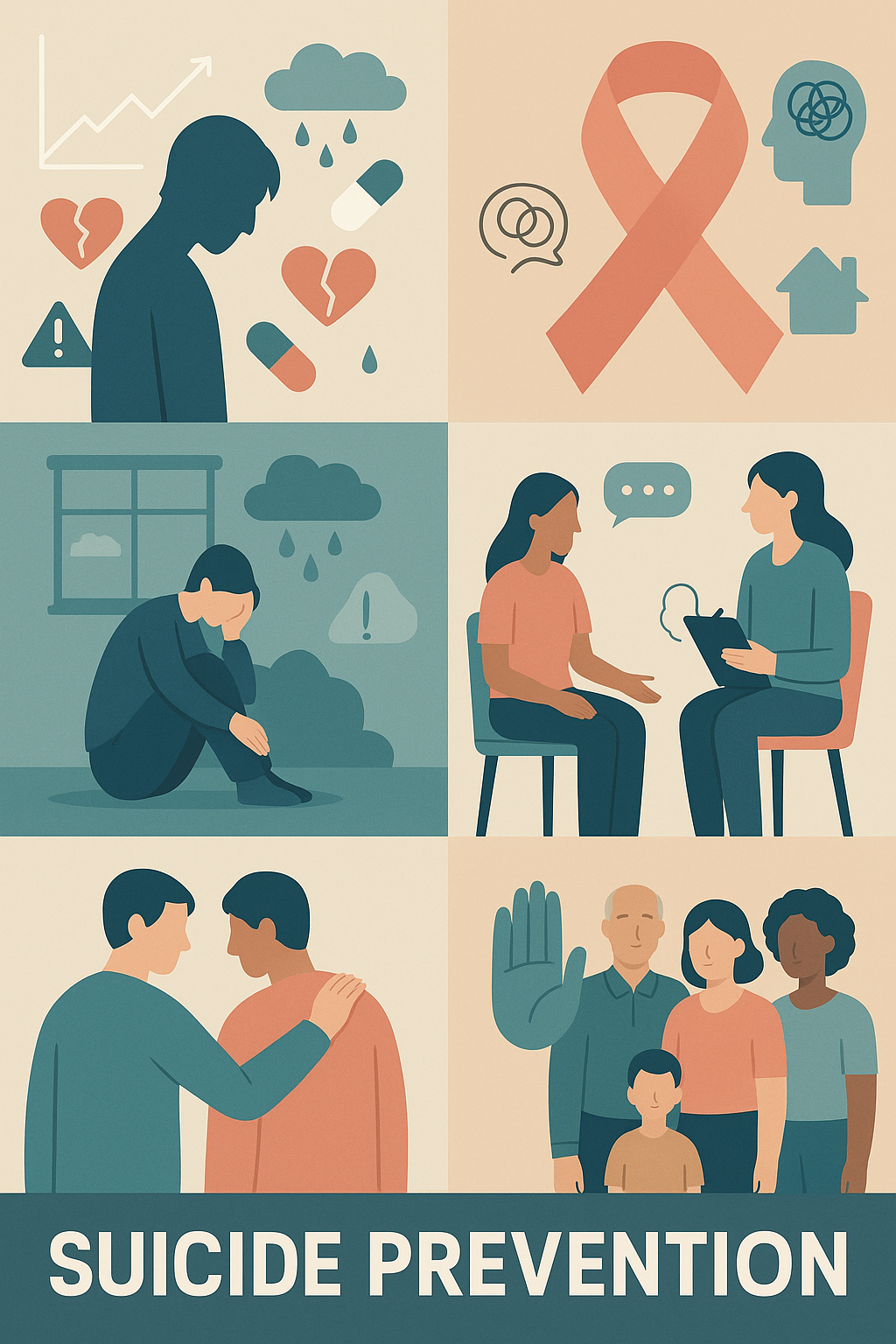
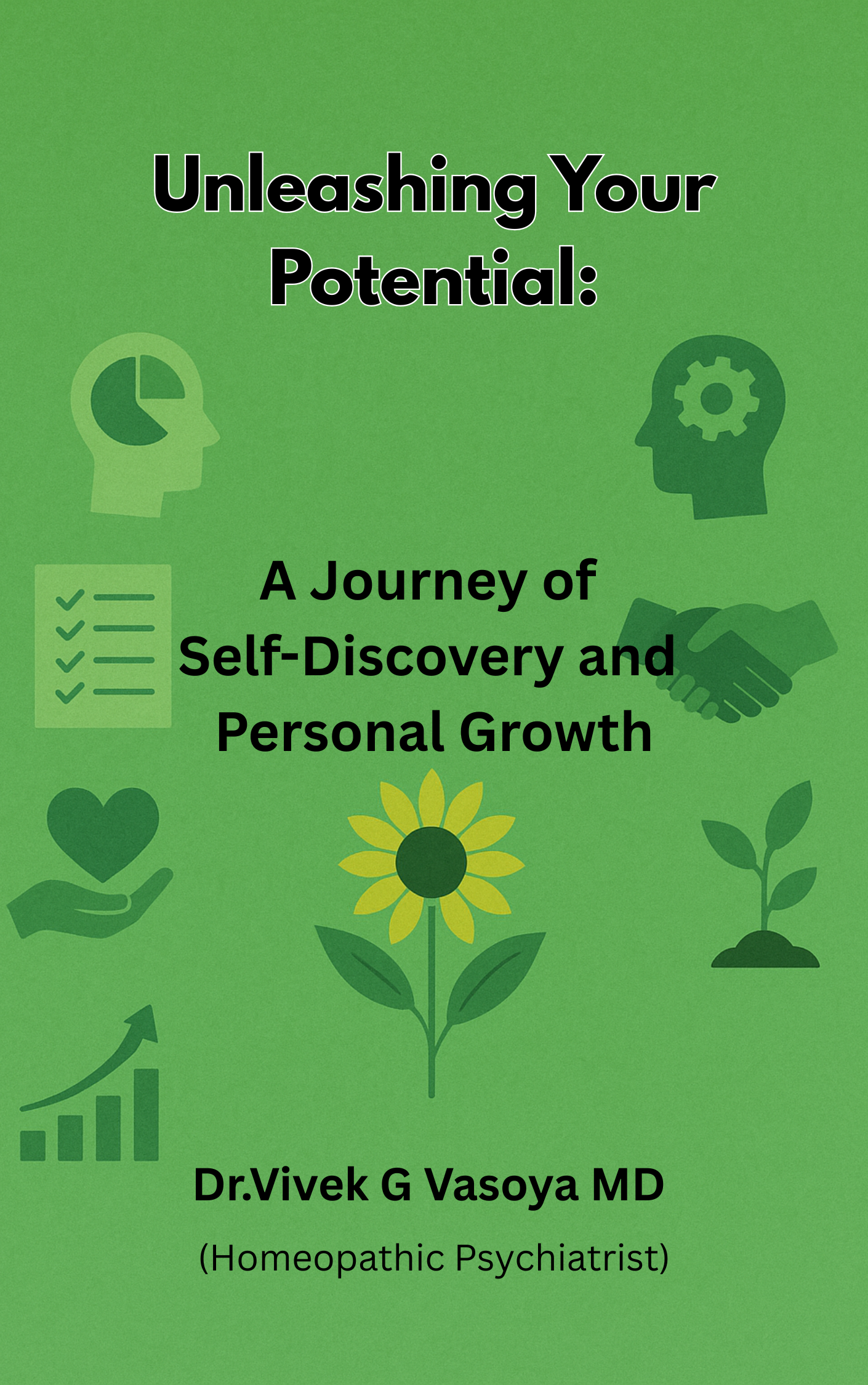
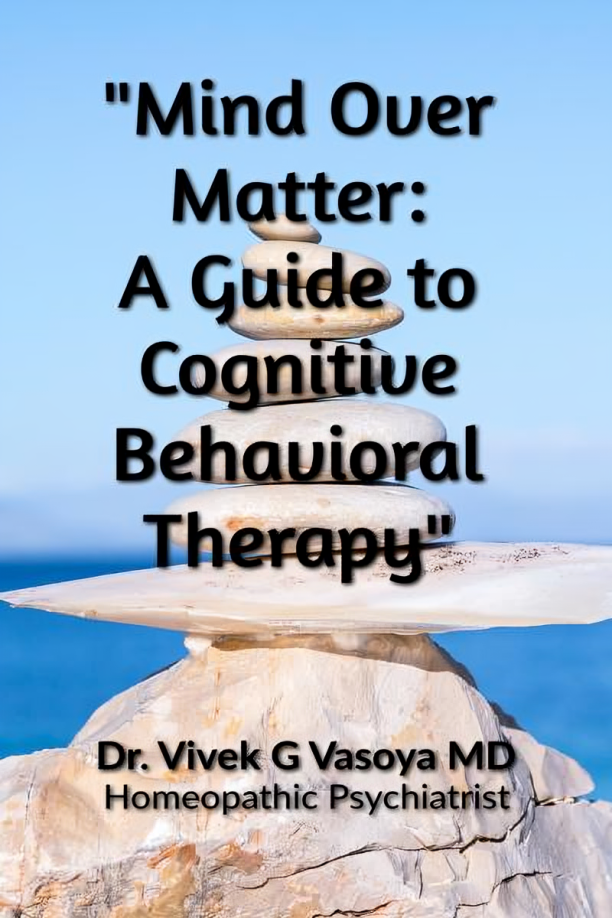
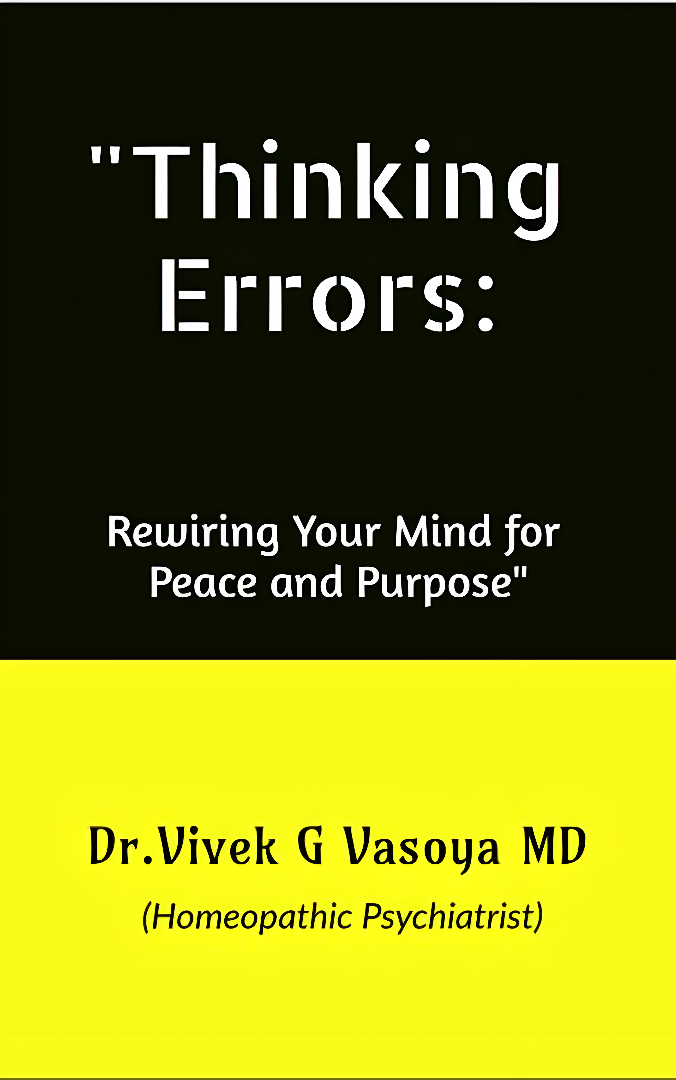
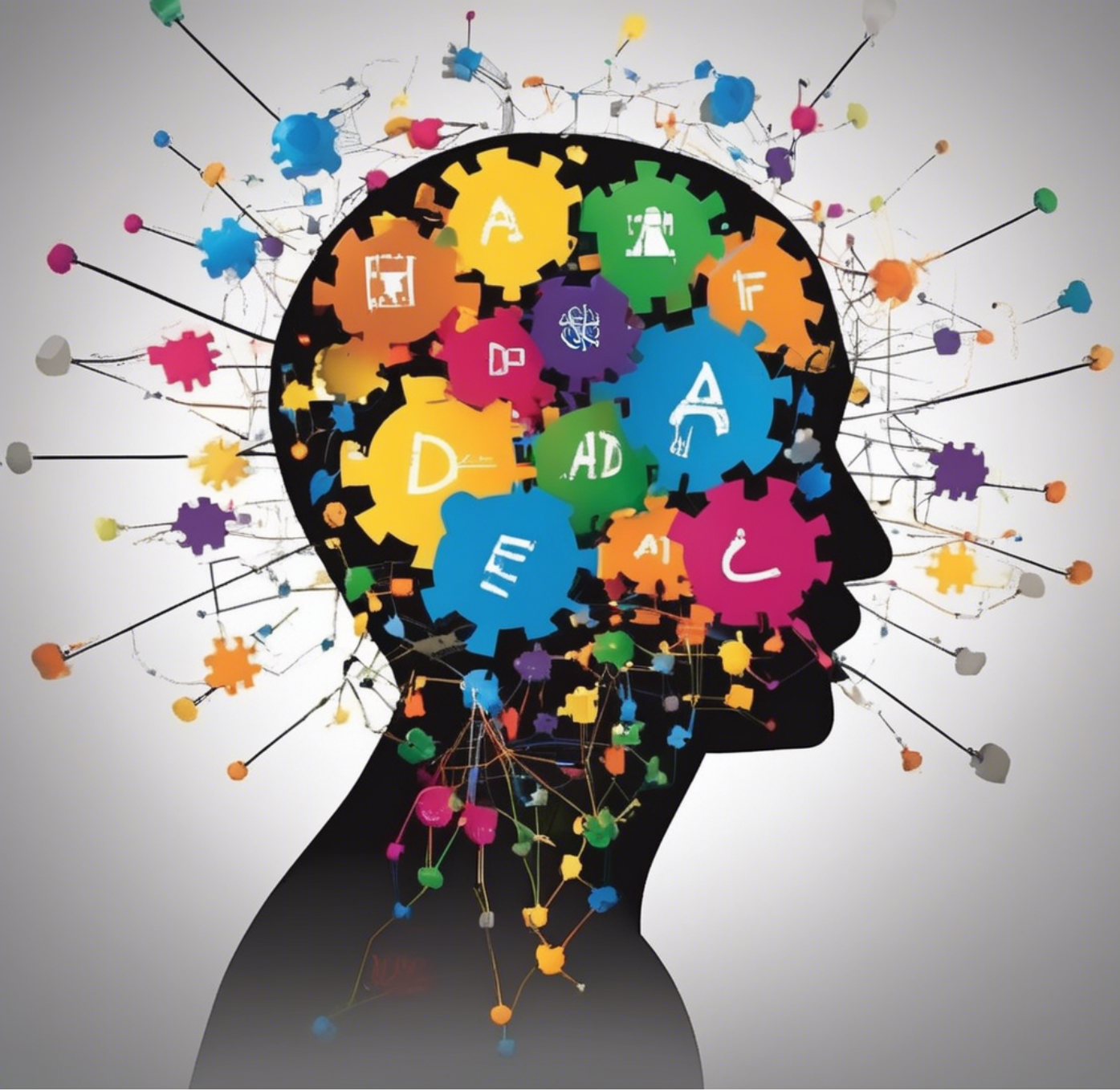
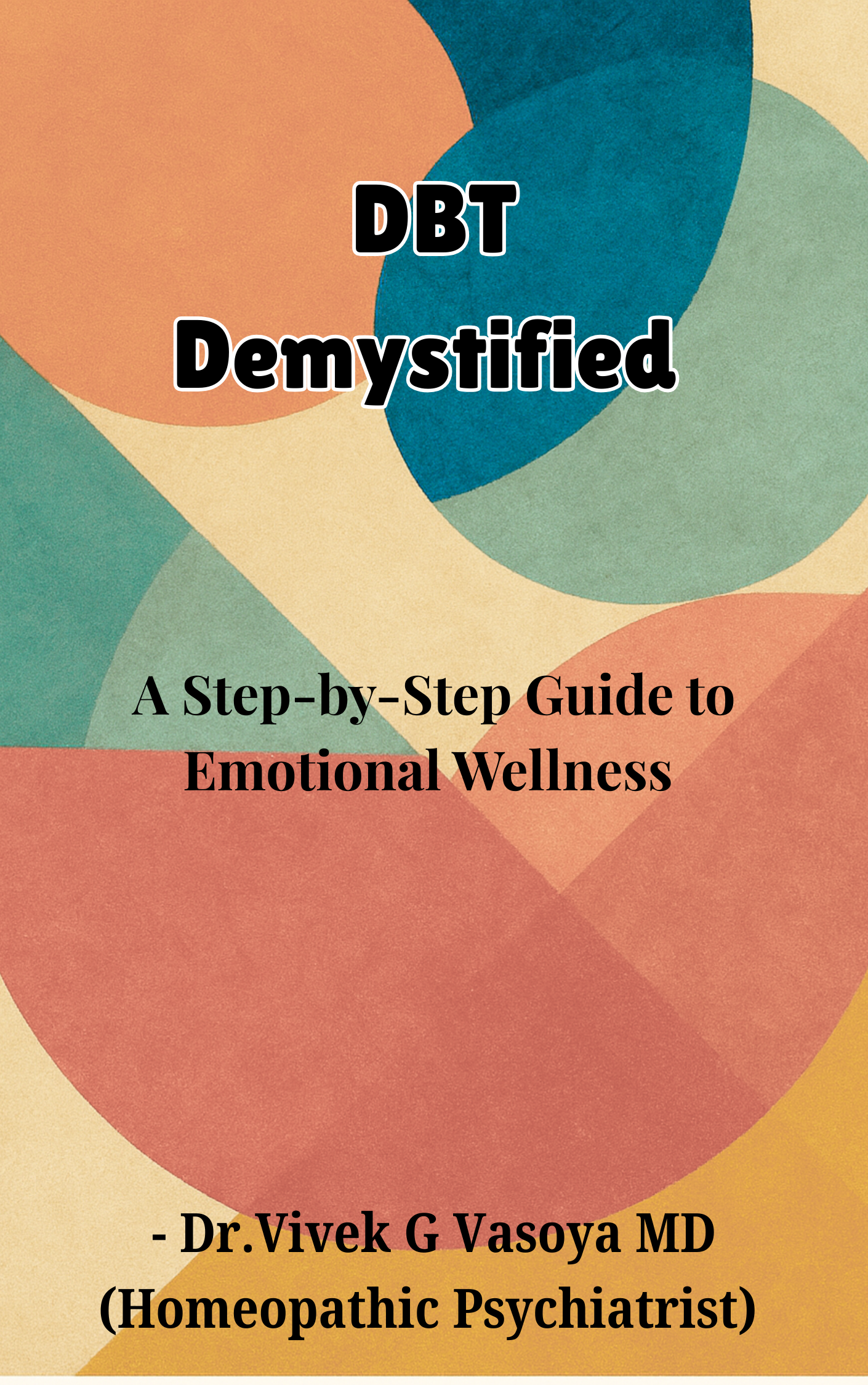
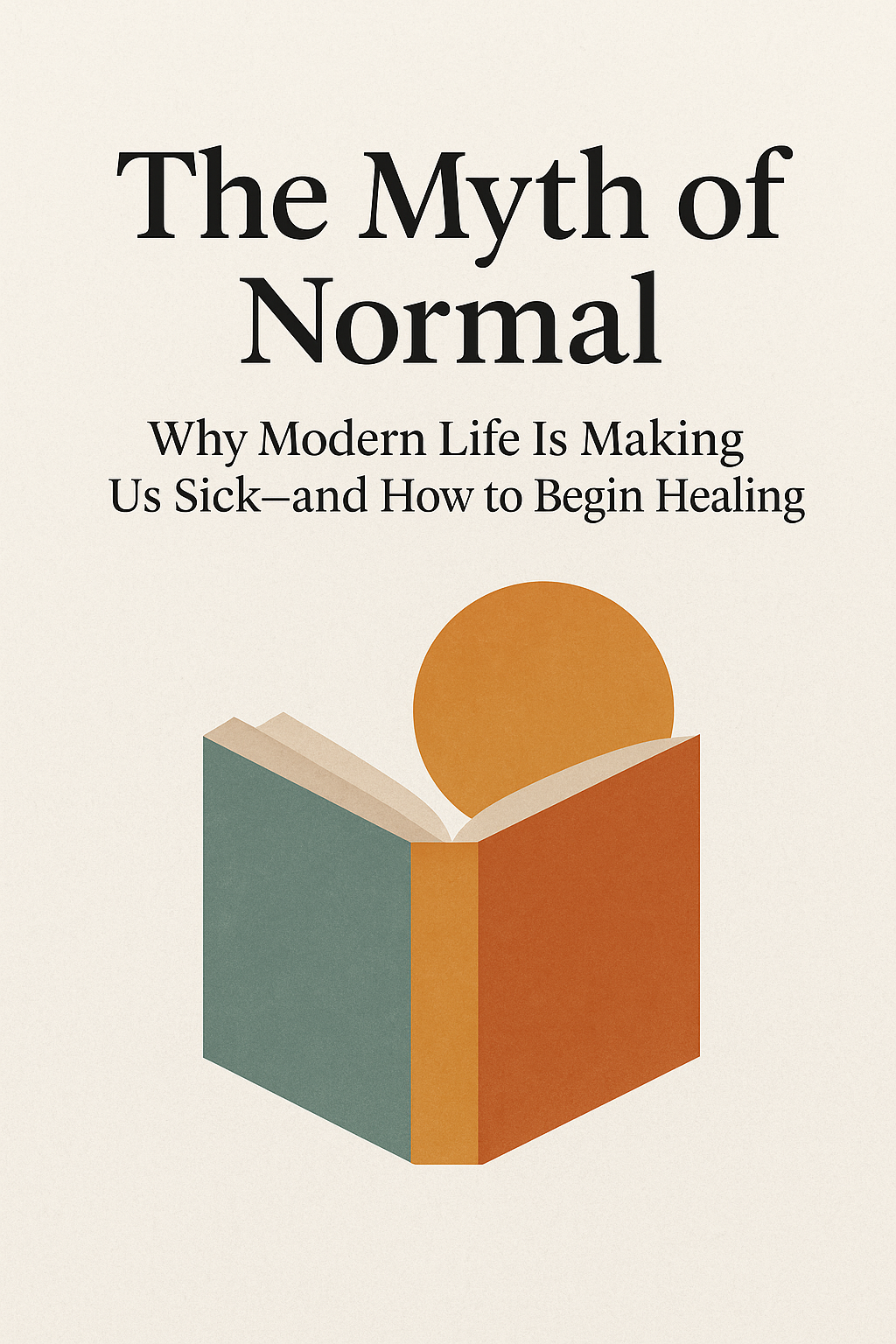
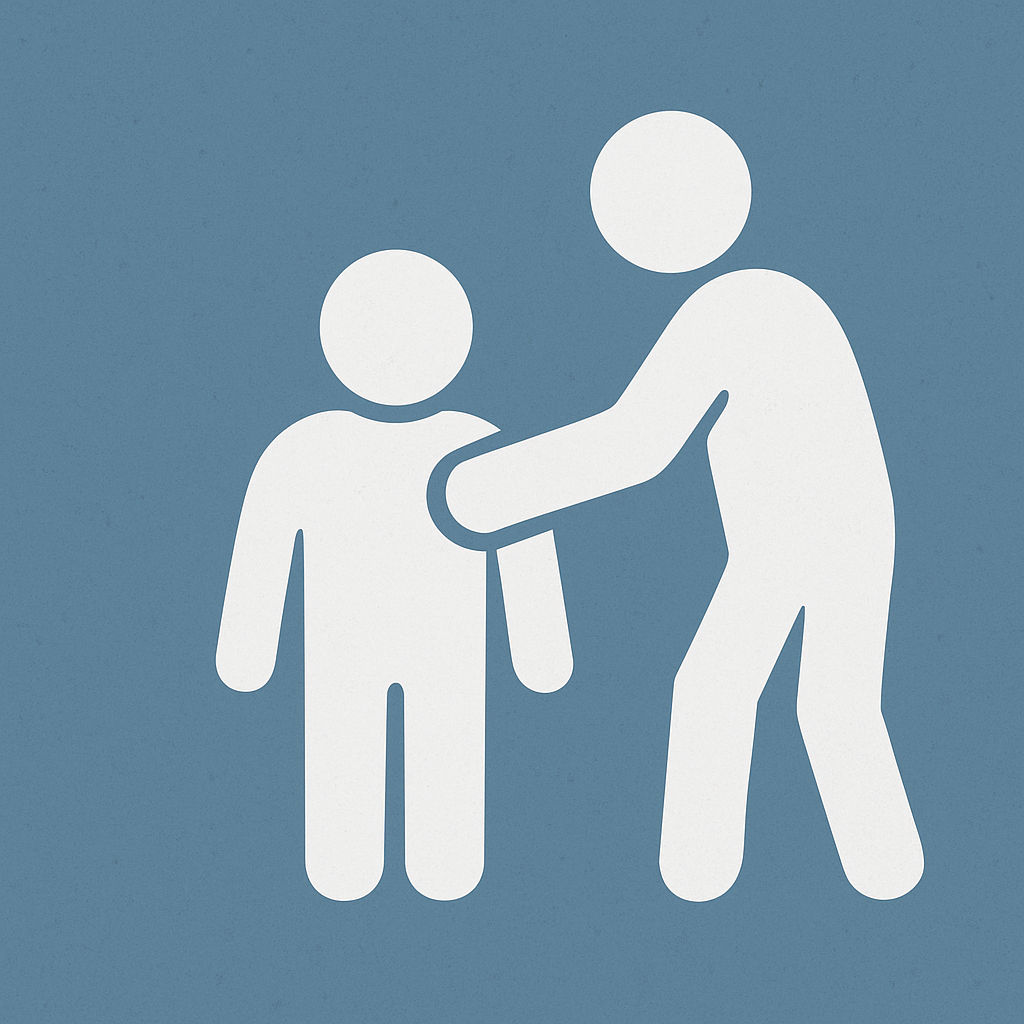
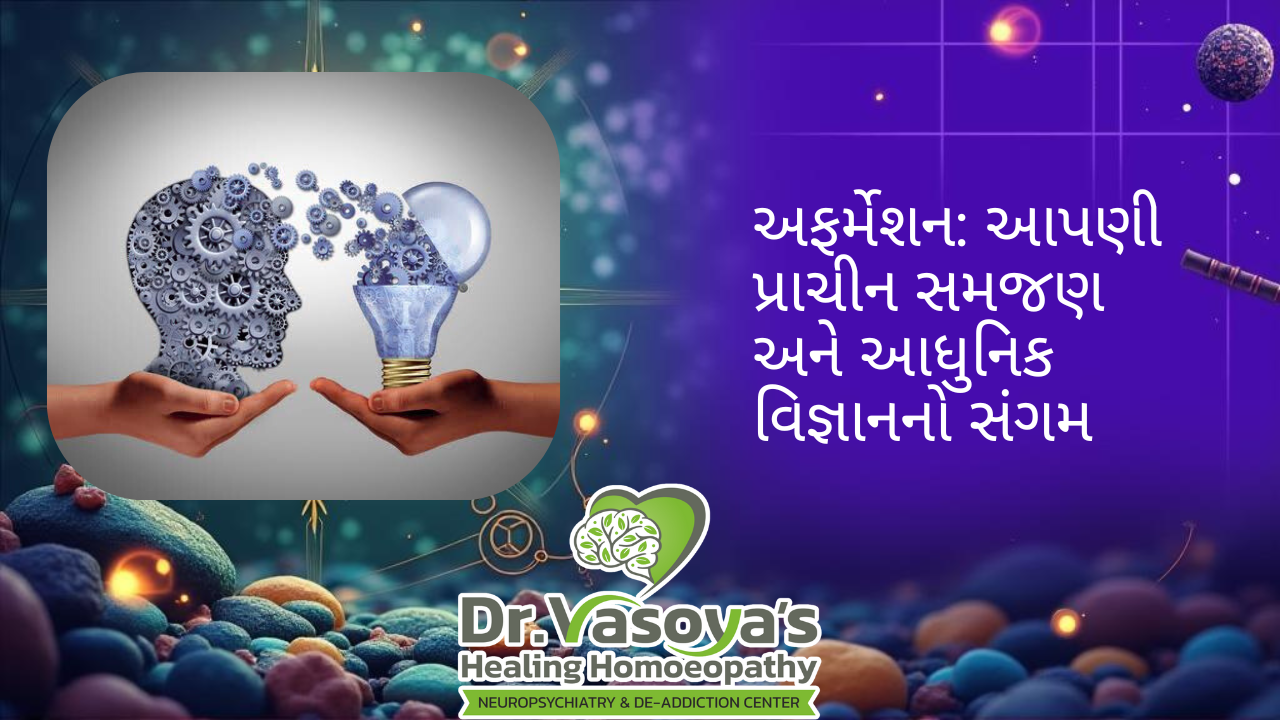

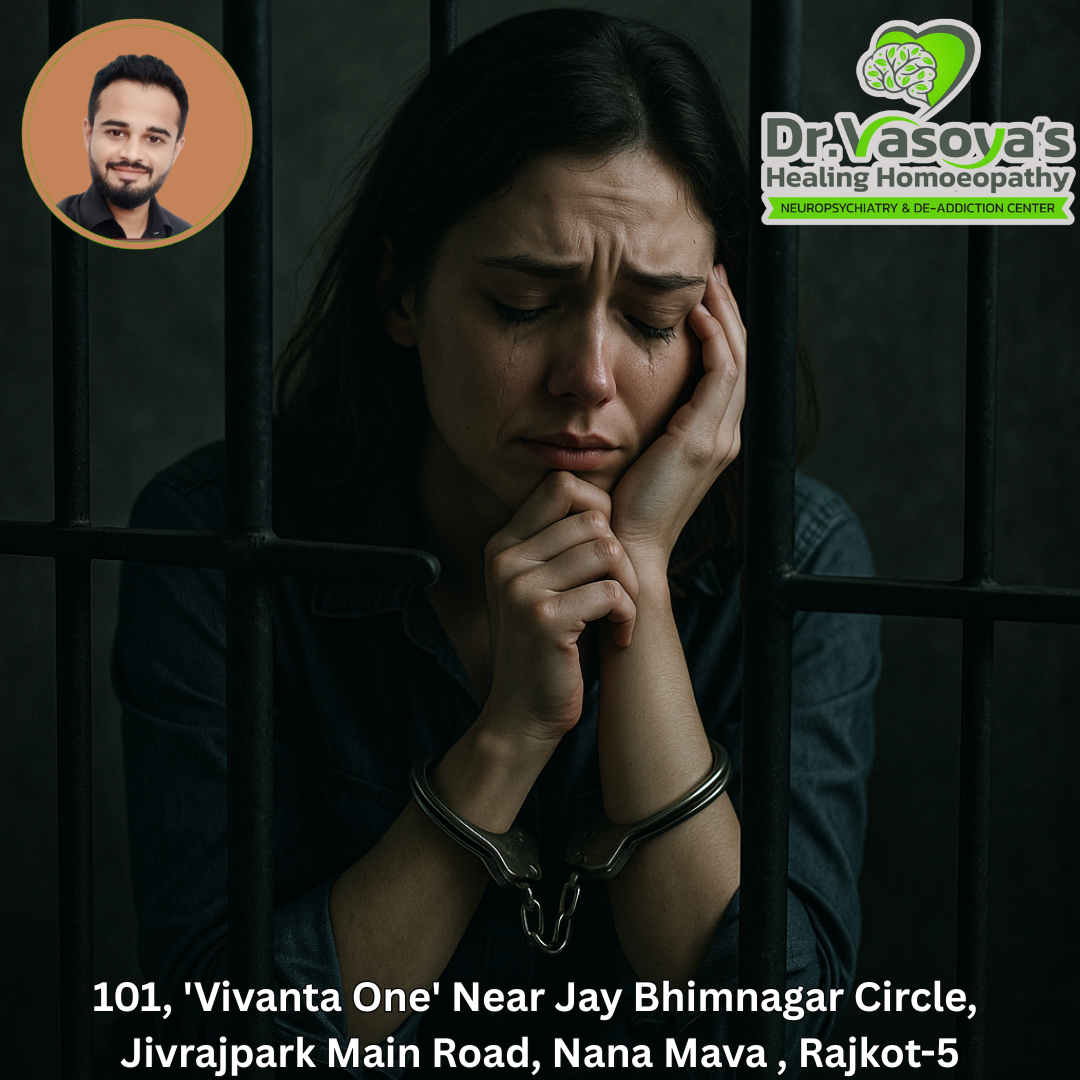






Write a comment ...